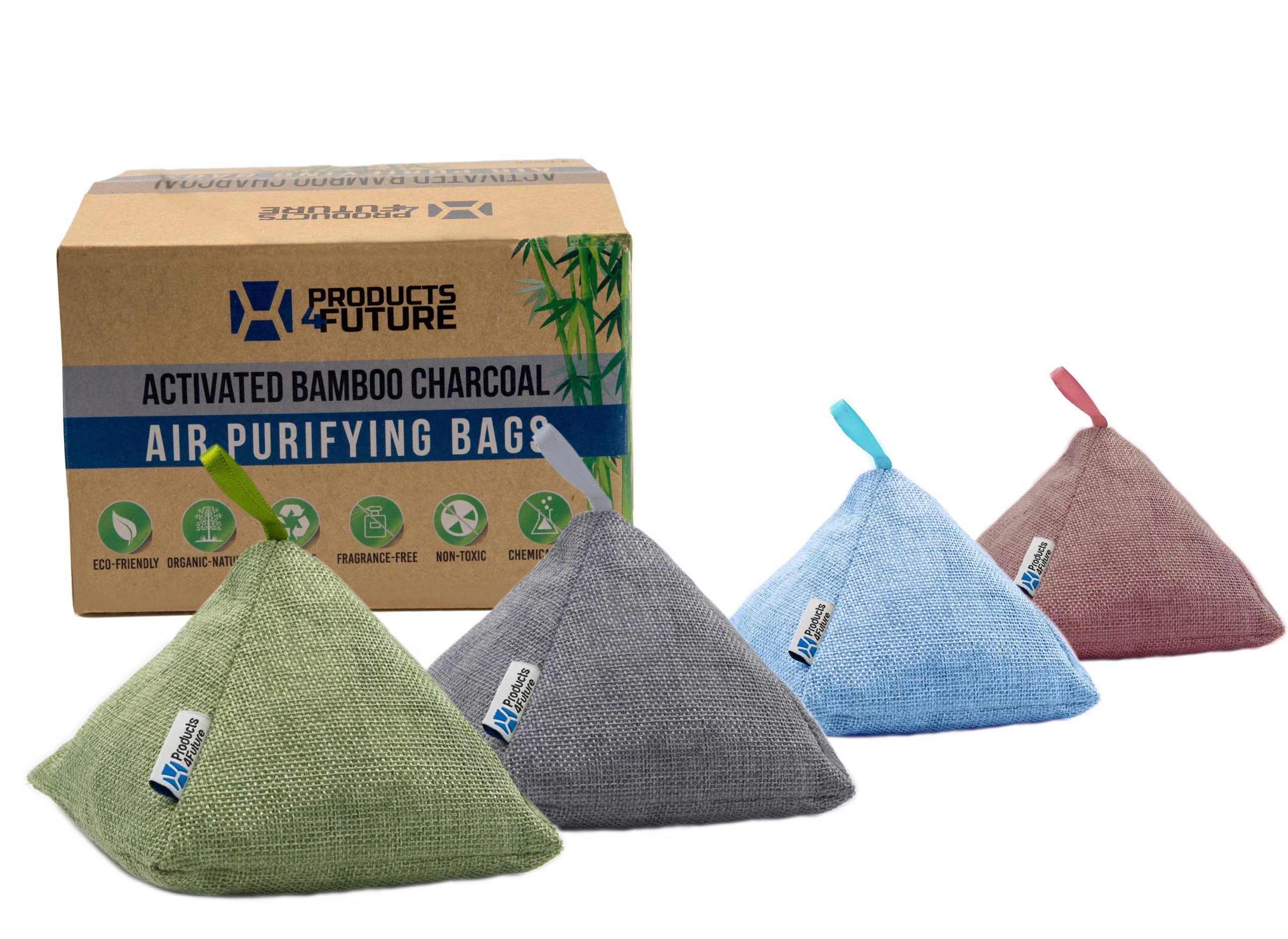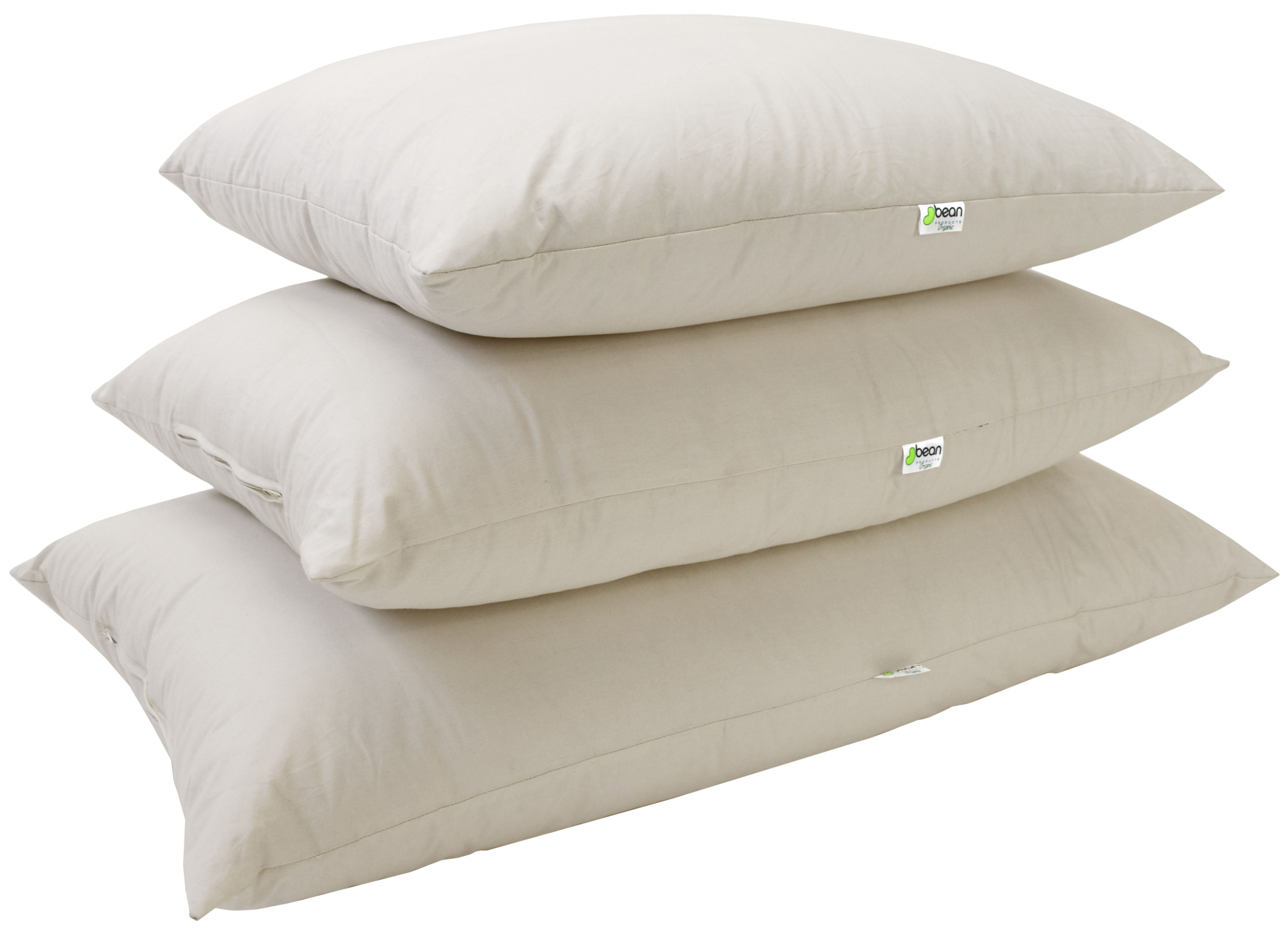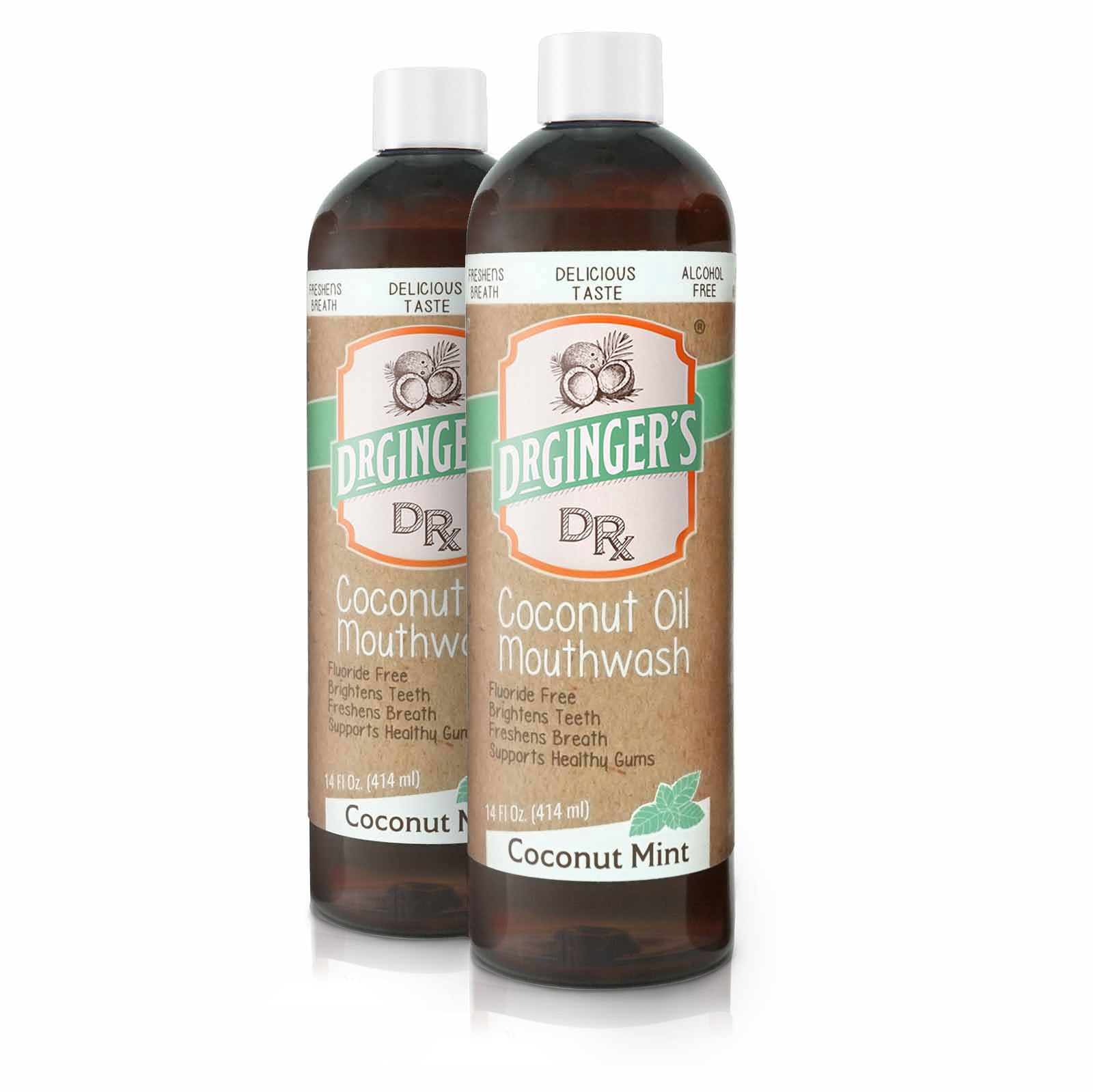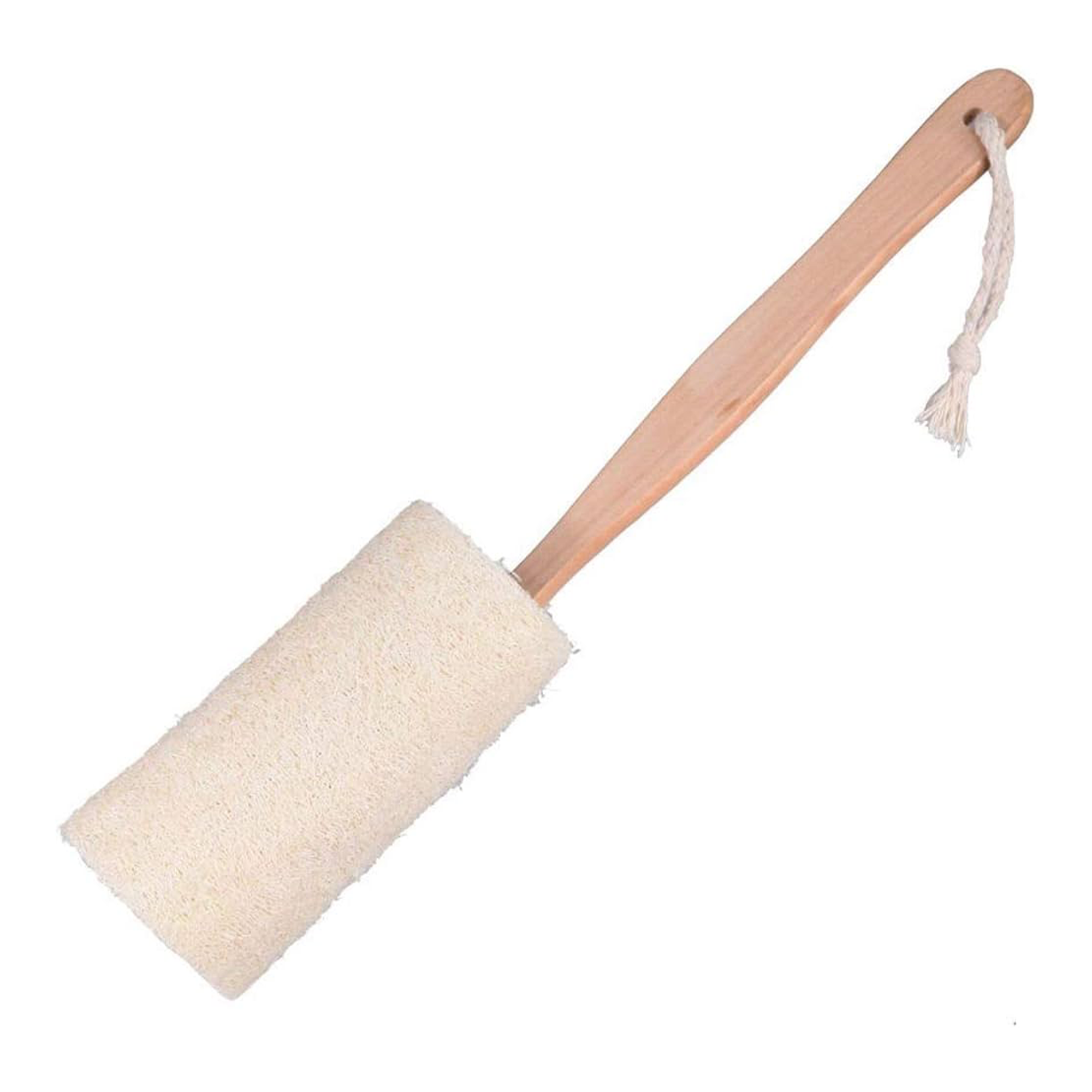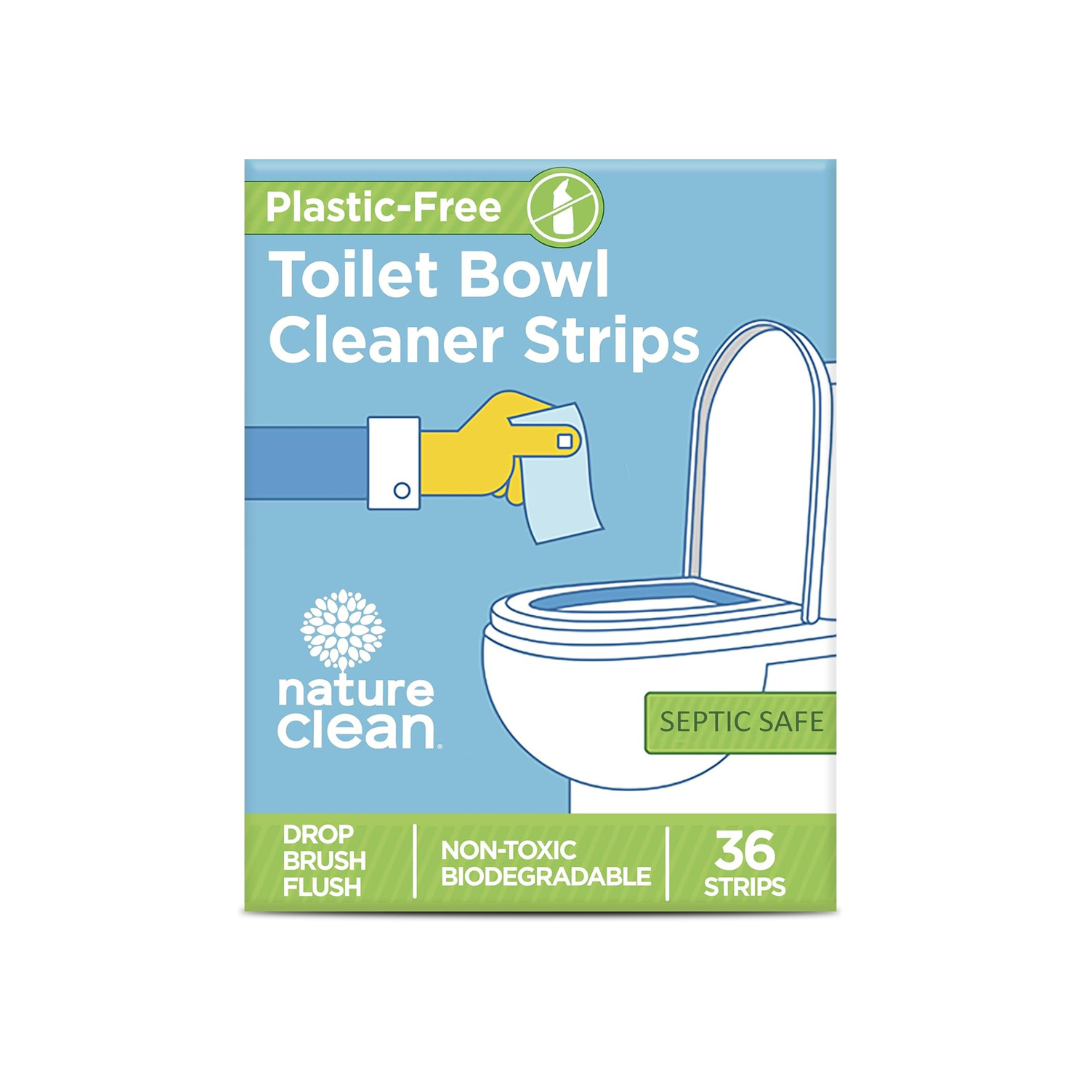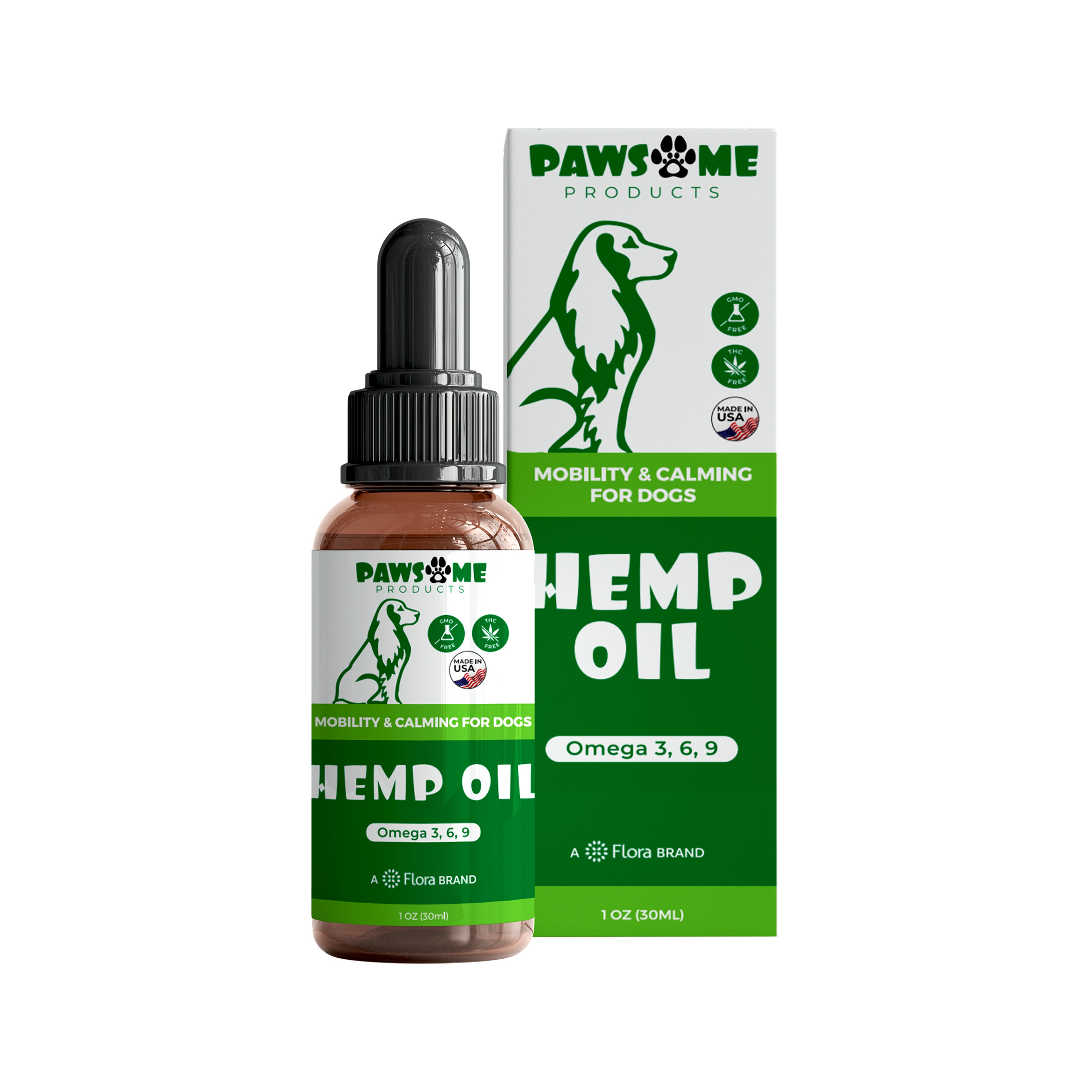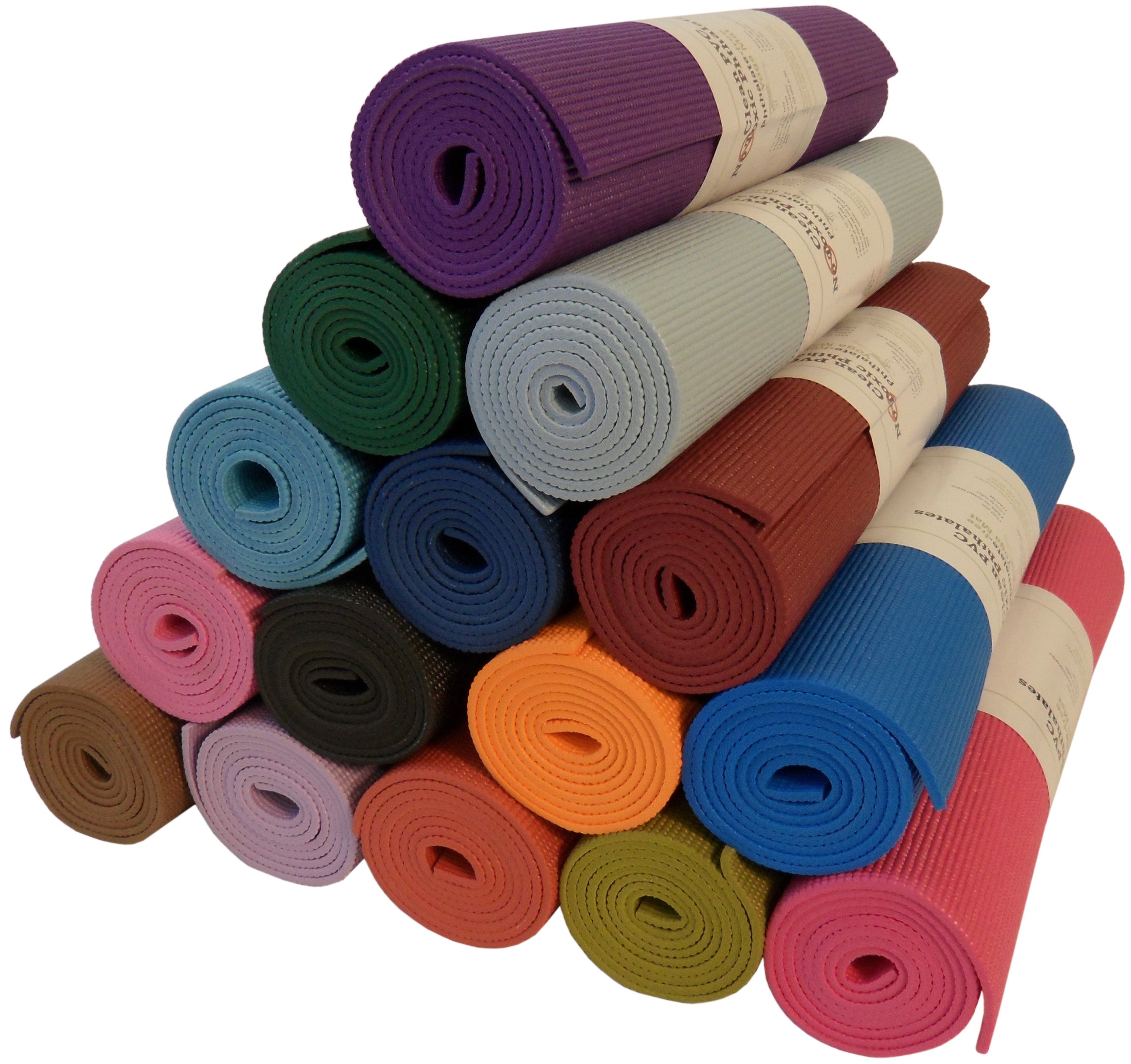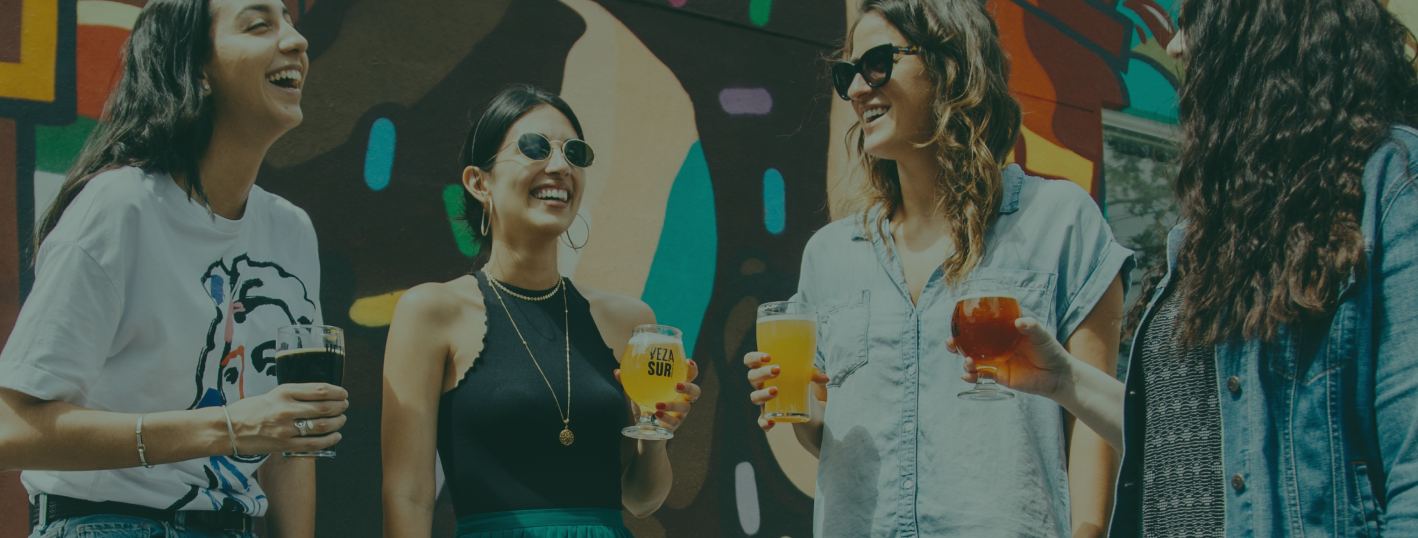If you find yourself overwhelmed by the many terms associated with sustainability and eco-living, or are searching for a concise guide on how to live in a more sustainable manner, our Sustainability Words and Actions A-Z can be a helpful resource. This comprehensive guide provides an overview of key concepts and practical steps you can take to promote sustainability in your daily life.
Acidification
Acidification is the process through which a resource's pH falls and its acidity increases. It is most frequently discussed in relation to the ocean, "acid rain," or soil. Fossil fuels are mostly to blame for this process, which harms many ecosystems, including marine life.
Biofuel
Type of fuel that is made from biomass, which is organic matter such as plants and algae. This means that biofuel is made from renewable resources, and is considered to be a more sustainable alternative to fossil fuel. There are several different types of biofuels, including bioethanol and biodiesel, which are made from different types of biomass.
One of the main advantages of biofuels is that they produce less emissions than fossil fuels, which can help to reduce air pollution and climate change. Additionally, biofuels can be used in existing vehicles and infrastructure, which makes them a more practical alternative to electric vehicles in some cases.
There are also some challenges associated with the production and use of biofuels. For example, large-scale production of biofuels can lead to deforestation and other environmental problems if not done sustainably. Additionally, biofuels can be more expensive than fossil fuels, which can make them less accessible to some consumers.
Biomimicry
By imitating natural forms and shapes, including natural processes and entire ecosystems, biomimicry is a design concept that promotes the copying of natural systems and structures in human products. A circular economy model imitates nature's cyclical system of regeneration and reuse. This is known as biomimicry.
Bird Friendly Coffee
Coffee that is grown in a way that is beneficial to birds and other wildlife. This type of coffee is grown under a canopy of trees, which provides a habitat for birds and other animals.
The trees also help to protect the coffee plants from the sun and wind, and provide natural fertilizer for the soil. Grown using organic or sustainable farming practices that are better for the environment because of lower pesticide and synthetic fertilizer use, which can harm birds and other animals. Organic farming practices also help to preserve the soil and protect natural resources, such as water.
Overall, it is a type of coffee that is grown in a way that is friendly to the environment and the animals that live in it. It is a sustainable and responsible choice for coffee lovers who want to make a positive impact on the planet.
Carbon Footprint
The total amount of greenhouse gasses produced by an individual, organization, event, or product. Typically measured in units of carbon dioxide (CO2), which is one of the most common and damaging greenhouse gasses. Average carbon footprint for an individual in the U.S. is about 16 metric tons of CO2 per year. The global average is closer to 4 tons.
Carbon Market
A mechanism that allows companies, organizations, or governments to buy and sell allowances for greenhouse gas emissions. The goal of carbon markets is to reduce greenhouse gas emissions by creating a financial incentive for companies to reduce their emissions.
Implementing a cost for carbon emissions holds those who release greenhouse gases responsible for the harm they inflict on the environment, and shifts the expense of the harm caused by their actions onto the individuals or companies responsible for the pollution.On an environmentally conscious perspective, carbon markets are a crucial tool in the fight against climate change.
They create an economic mechanism that rewards companies and organizations that reduce their emissions and penalize those that exceed them, promoting a shift towards a cleaner and more sustainable economy. By pricing carbon, it helps to reduce greenhouse gas emissions, slow down global warming and prevent the worst consequences of climate change on our planet and future generations. It also creates a mechanism to fund the transition to a cleaner and more sustainable economy.
Carbon Offset
Carbon offsets are activities intended to mitigate greenhouse gas (GHG) emissions produced by an individual, organization, event, or product. They are typically done by investing in projects that reduce or remove CO2 from the atmosphere, such as renewable energy projects, reforestation efforts, or energy efficient technologies.
Carbon offsets can be a practical and effective way to reduce carbon footprint and address climate change by encouraging the growth of renewable energy.
Carbon Sequestration
Carbon sequestration refers to the process of capturing and storing carbon dioxide (CO2) from the atmosphere in order to mitigate greenhouse effects and reduce global warming.
Carbon sequestration is one way to reduce atmospheric CO2 levels and mitigate the negative impacts of climate change. However, it is not a replacement for reducing greenhouse gas emissions and transitioning to renewable energy sources.
Circular Economy
An economic system that is designed to be sustainable and regenerative. It aims to eliminate waste and create a closed loop system where resources are used and reused in a continuous cycle. Some examples are repairing and refurbishing products, using recycled materials, and designing products that can be easily disassembled and repurposed.
The goal is to reduce the use of finite resources and minimize the negative impacts of economic activity on the environment. Overall, a circular economy is a more sustainable and efficient approach to economic growth, as it helps to reduce waste, conserve resources, and protect the environment.
Cites-Certified
The Convention on International Trade in Endangered Species of Wild Fauna and Flora, or CITES, was founded in the 1970s. It is an agreement that ensures international trade won't have an impact on endangered plant species. When an ingredient is CITES-certified, it means that using it won't put the species' survival at risk.
Clean Beauty
Clean beauty refers to products that are made with natural, non-toxic, and safe ingredients. Although there is no clear definition of what clean beauty means, the goal is to create products that are safe for both the user and the environment, while still being effective.
Clean beauty is a growing trend, with more and more people seeking out products that are made with safer, natural ingredients. Many clean beauty brands are also committed to sustainability, using environmentally-friendly packaging and sourcing ingredients ethically.
Climate Neutral Now Pledge
A UN initiative that was started in 2015 to encourage organizations and individuals to commit to reducing their own carbon footprints and addressing climate change.
Closed Loop
Resources are used and reused in a continuous cycle, without being discarded or released into the environment. An example of a closed loop system is the recycling of aluminum cans. Around 75% of the aluminum made is still in circulation.
The goal is to maximize the efficiency and sustainability of resource use, and minimize waste and negative impacts on the environment. Closed loop systems can apply to various sectors and systems, including manufacturing, transportation, and consumer goods.
Coal Sinks
Something that naturally absorbs CO2 from the environment. Soil, vegetation, rain forests and the oceans are examples of carbon sinks.
CO2E
CO2E stands for carbon dioxide equivalent. If several greenhouse gasses are measured to have the same warming potential as carbon dioxide, they can all be succinctly referred to as CO2E.
Composting
The natural process of recycling organic matter into a valuable fertilizer "compost" that can enrich soil and plants.
Hot (Active) Composting
More efficient method that can reach internal temperatures of up to 160°F (but the ideal is around 140°F). It can destroy weed seeds and disease-causing organisms by "cooking" them. The compost pile must be turned regularly to have the ideal temperatures throughout the compost.
Cold Composting
Takes less effort but more time to decompose, and give compost. You use the same 4 main ingredient types, but don’t have to turn the pile or carefully manage the ratio of greens to browns.
Cost Per Wear
Cost per wear is a metric used to evaluate the value of a clothing item by dividing its cost by the number of times it is worn. By considering the frequency of wear, it provides a more accurate reflection of the value of the item, allowing consumers to make informed purchasing decisions and reduce their environmental impact.
Cradle to Cradle
Cradle to Cradle (C2C) is about seeing garbage as an infinite resource that makes community and product development function in the same way as a healthy ecological system where all resources are used effectively and in a cyclical pattern.
For the C2C system to be sustainable, all materials in products need to be kept clean and not mixed. If this is not possible due to the nature of the product, there needs to be a separation system in place that can be applied after the item is discarded.
Cradle to Grave
Cradle represents where you start life, and grave is where you end it. Cradle to Grave refers to the environmental impact created by a product or activity from creation to disposal throughout the life cycle.
Considers the impact of a product at each phase of its life cycle starting from sourcing the raw materials through manufacturing, transportation, product use, maintenance, and ending at disposal. It can be used to describe the current linear system that is prevalent where an item becomes waste after it is used and goes to landfills.
Cruelty-Free
Cruelty-free is a label for products or activities that do not harm, test, or kill animals. This includes both the ingredients and the finished product.
Demateraliziation
In the fashion industry, it refers to the process of reducing the amount of material used in a product's design to decrease its environmental impact. Designers can use new materials and techniques like 3D printing and laser cutting to create clothing that is both lightweight and durable, while also minimizing waste during the manufacturing process. By adopting a dematerialization approach, fashion manufacturers can meet the growing demand for sustainable and eco-friendly products, while also reducing their impact on the environment.
Doughnut Economics
It is an economic model developed by Kate Raworth that aims to balance the needs of people and the planet. Shortly, it's about creating a world where everyone has their basic needs met and the natural systems that support us are protected, all while encouraging innovation and justice.
The hole in the center of a doughnut represents the social and environmental limits that should not be breached. The outer ring represents the sufficiency of resources and opportunities that should be shared fairly.
Downstream Emissions
A Scope 3 emission is connected to a client in a circumstantial way (as opposed to upstream, which refers to the supplier). When a customer throws a product in the garbage, it goes to a landfill and emits carbon dioxide into the atmosphere. This is an example of a downstream emission.
EWG Verified
A certification program run by the Environmental Working Group (EWG), which is a non-profit organization that aims to protect public health and the environment. It verifies that a product meets the standards for health and environmental safety. These products are free of certain harmful ingredients, such as certain types of parabens, phthalates and formaldehyde.
Organizations also meet EWG's standards for transparency, meaning that the company provides detailed ingredient information for each product. Individuals can look for the EWG Verified logo on products to know that it has been independently verified to be safer and healthier for them and the environment.
Extinction
The termination of an organism. Extinction often refers to the death of an entire species for a variety of reasons with no chance of recovery.
Fair Trade
Fair trade is a system of certification that aims to ensure a set of standards are met in the production and supply of a product or ingredient. For farmers and workers: means workers rights, safer working conditions and fairer pay. For shoppers: means high quality, ethically produced products.
FSC
The FSC, also known as the Forest Stewardship Council, is in charge of guarding against the destruction and deforestation of these priceless resources, one approach being through certification. When a product is FSC-certified, this council has examined it and verified that its paper was sourced responsibly, avoiding the use of dangerous chemicals, upsetting indigenous cultures, jeopardizing unique ecosystems, and other practices. 100% of the paper used in Versed paper packaging is FSC-certified.
Forever Chemicals
Forever chemicals, or "PFAS," are human made chemicals that have been used in a variety of products for decades. They are called "forever chemicals” because they are highly stable and resistant to breaking down in the environment. PFAS are found in a wide range of products, including nonstick cookware, waterproof clothing, and firefighting foam.
Unfortunately, PFAS can be harmful to human health and the environment because they can accumulate in the body, and the food chain. PFAS have been linked to a variety of health problems, including cancer, hormonal disruption, and immune system damage.
Giving Tuesday
Giving Tuesday is a global initiative that encourages people and organizations to donate their time & money to charitable causes on the Tuesday following Thanksgiving in the United States. The Giving Tuesday initiative started in 2012 to encourage people worldwide to focus on altruism, whether by making financial donations or doing good in one’s community. The event has raised billions of dollars in charitable contributions for nonprofit organizations.
Global Climate Observing System (GCOS)
GCOS is an international effort that aims to ensure that essential climate data and information are obtained and made available to those who need them. It was established by the World Meteorological Organization, the Intergovernmental Oceanographic Commission, and the United Nations Environment Programme.
The goal is to provide a comprehensive and sustained observing system to provide the data and information required for detection and attribution of climate change and for the assessment, understanding, prediction and projection of climate variability and change.
The GCOS monitoring network includes a wide range of observations from ground-based stations, ships, buoys, aircraft, and satellites. These observations provide information on temperature, precipitation, humidity, wind, ocean temperature and salinity, sea level, and other climate variables.
Green-hushing
Green-hushing refers to companies who adopt a radio-silence approach to their environmental goals. They avoid questions about their ESG goals, and don't publicize the progress on the goals they made in the past. If nobody asks, they keep quiet.
Greywater
Greywater is wastewater that is generated from household activities such as washing dishes, laundry, and showering. It is called "greywater” because it is not as contaminated as sewage (also known as "blackwater"’) and has a greyish color. Typically contains a relatively low level of contaminants and is safe to reuse for certain purposes, such as irrigation. It is not suitable for drinking or cooking, as it can contain bacteria and other contaminants that may be harmful if ingested.
In many parts of the world, greywater is not treated or recycled and is simply disposed of in the sewage system. However, there is growing interest in the use of greywater as a resource, as it can be a valuable source of water for irrigation and other nonportable (not suitable for drinking) uses.
HVAC
Heating, ventilation, and air conditioning are collectively known as HVAC. Some of the most energy-consuming systems in the buildings are HVAC systems. Building insulation expenditures can lessen the demand for sizable, energy-consuming HVAC systems.
Hypoallergenic Products
Hypoallergenic products are a game changer for those with sensitive skin. These specially formulated items are designed to minimize the risk of allergic reactions, by using ingredients that are less likely to cause irritation.
Life Cycle Assessment (LCA)
Method used to evaluate the environmental impacts of a product or service throughout its life cycle, from the extraction of raw materials to disposal. A product's life cycle includes raw material extraction, manufacturing, transportation, use, and disposal.
The goal of LCA is to identify and quantify the environmental impacts of a product or service in order to identify opportunities for improvement and reduce negative impacts. It is often used to inform decision-making, such as in the design of new products or the selection of materials.
Microplastics
Microplastics are tiny particles that are less than 0.2" in diameter and come in two types:
Primary microplastics: which can be found in commercial use, such as cosmetics, fashion, and fishing nets.
Secondary microplastics: are the result of breaking down larger plastic products (i.e. water bottles) due to environmental factors.
Net-Neutral
The ideal balance of emissions, known as net-neutral or net-zero, in terms of our climate is when the number of GHGs neutralized equals the total amount of greenhouse gasses released into the atmosphere. The US is now aiming to achieve net neutrality by 2050.
Net Zero Water
The concept of balancing the amount of water used by a company, community, or other entity with the amount of water replenished or conserved. An entity would be able to sustainably manage its water resources by using no more water than can be replaced.
One way to achieve net zero water is by reducing water consumption through the use of more efficient technologies and practices, such as low-flow fixtures and water-saving irrigation systems. Another way is to increase the amount of water that is replenished or conserved, such as through the use of water recycling systems or the protection of natural water sources.
The goal is to manage water resources sustainably, so that they can be used by future generations without running out.
Recycling
Recycling is the process of collecting and processing materials that would otherwise be thrown away as trash and turning them into new products. Recycling can benefit your community and the environment.
Shade Grown Coffee
Shade Grown Coffee is grown under the natural canopy of trees, providing essential habitat for wildlife and reducing the need for harmful chemicals.
Traditionally, coffee was grown under the shades of trees. However, after 1970 sun-tolerant coffee plants were developed and an unsustainable way of growing coffee became popular to gain higher production rates.
Paris Agreement
An international treaty signed by 195 countries in 2015 at the United Nations Framework Convention on Climate Change.
The main goal is to limit global warming to below 2 degrees Celsius, with the ultimate goal of limiting it to 1.5 degrees Celsius. To achieve this goal, countries pledge to reduce their greenhouse gas emissions and to increase their use of renewable energy sources.
It’s the first time that all countries have agreed to work together to reduce greenhouse gas emissions and to adapt to the impacts of climate change.
Plant-based
Refers to a diet and lifestyle that is centered around consuming foods that come from plants, rather than animal products. This includes fruits, vegetables, grains, legumes, nuts, and seeds. People who follow a plant-based diet typically avoid consuming meat, dairy, eggs, and other animal-derived products.
A plant-based diet is considered to be a healthy and sustainable option as it is typically high in vitamins, minerals, antioxidants, and fiber, and low in saturated fat and cholesterol. Studies have shown that following a plant-based diet can reduce the risk of chronic diseases such as heart disease, type 2 diabetes, and certain types of cancer. Additionally, plant-based diets have a lower environmental impact than diets that rely heavily on animal products!
Plastic Neutrality
Plastic neutrality refers to the idea of balancing the amount of plastic we use and dispose of, by reducing our plastic footprint and offsetting the rest. In practical terms, this means reducing single-use plastics, recycling and properly disposing of waste, and supporting efforts to clean up plastic pollution. Additionally, for any plastic that cannot be avoided, individuals and organizations can offset their impact by supporting plastic cleanup and recycling projects.
By striving for plastic neutrality, we can work towards a future with less plastic pollution and a healthier environment for all.It is a step towards a more sustainable and responsible use of plastic in our daily lives.
Post-consumer Recycled (PCR)
When we recycle an object, its components are disassembled and repurposed to create new items, reducing the trash it would otherwise produce if it were left to rot in a landfill (which, by the way, can take hundreds of years). The use of less raw plastic and less trash are benefits of PCR-made products.
Post Industrial Recycled (PIR)
Post-consumer recycled (PCR) refers to a type of recycled material that is derived from waste products that have already been used by consumers and then diverted from landfills or incineration facilities to be processed into new products.For example, the leftover fragments or "pinch-off" from making a plastic jug can be kept and used to make something new.
Reef-safe
Any item, component, or method that doesn't destroy coral reefs is referred to as "reef-safe". It usually is used in context with sunscreen since many SPF formulas contain chemicals that might promote coral bleaching, which worsens the health of species. Reef-safe is not a legally defined word, however it refers to any sunscreen manufactured without oxybenzone and octinoxate.
Spend-based Method
It is a method for estimating emissions based on their financial value (e.g. emissions per dollar spent). With this technique, the economic value of an item or service is multiplied by the typical emission factors for the sector.
Traceability
Traceability is the process of tracking and recording the movement of a product through its supply chain, from its origin to the final point of sale. This enables consumers to obtain information about the product's manufacturing history, including where and how it was produced and the conditions under which it was transported and stored.
Trade and Cap
In a cap and trade regime, businesses that pollute regularly are issued a finite quantity of carbon credits (more on that below). They are prevented from releasing more carbon dioxide into the atmosphere when their credit limit is reached since they are unable to use any more credits. Companies that have extra credits can sell them to customers who need them, encouraging them to reduce their carbon footprint. While not having been widely implemented yet, the US Clean Air Act of 1990 is regarded as the world's first cap and trade programme.
Upcycling
The process of creating something new through reforming, repairing or repurposing a product. Upcycling connects the end of one product's life with the beginning of another product's life creating a circular motion to our economy.
Vegan Diet
A diet that is plant-based. Thus, a vegan diet does not include any food derived from animals.
Vegan Product
A product that does not include any animal or animal-derived ingredients.
Virgin Plastic
It’s brand-new, unused plastic. In essence, virgin plastic is the opposite of PCR (recycled plastic).
Waste Stream
The full cycle or flow of trash for which a person or organization is accountable. There are two types: waste streams linked to materials (like plastic) and waste streams related to products (like batteries).
Wish Cycling
Throwing something in the recycling bin in the hopes that it will get recycled without first determining if it can, polluting the flow of materials that are legitimately recyclable. Consider and learn before you throw!
100% Organic
A product that only contains organic ingredients (excluding water and salt) and is produced by organic methods. 100% Organic products cannot contain any elements specified on the National List of Prohibited Substances by the U.S. Department of Agriculture (USDA).
1% For The Planet
Making a difference, one percent at a time! Loving the idea of 1% for the planet, committing to give a percentage of our revenue to support environmental causes.




